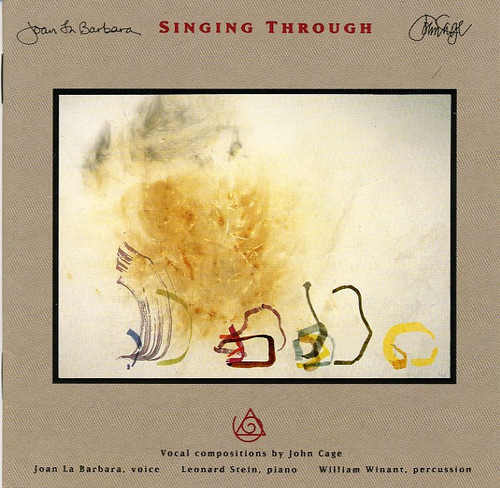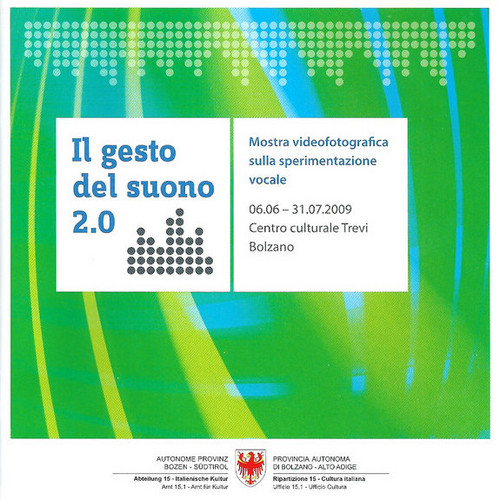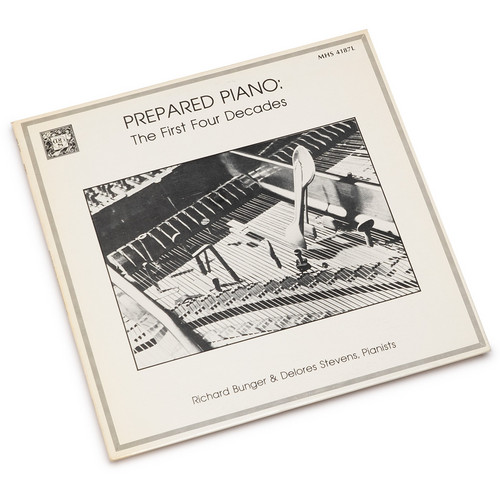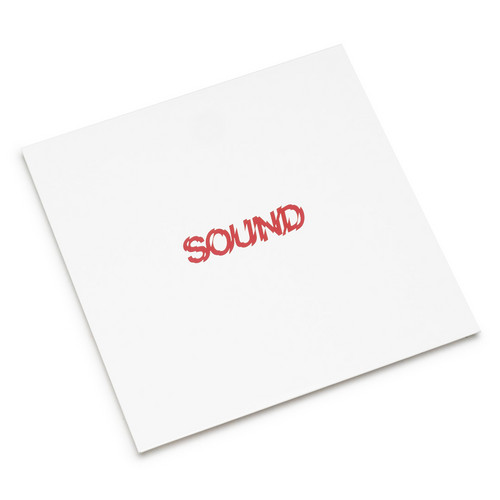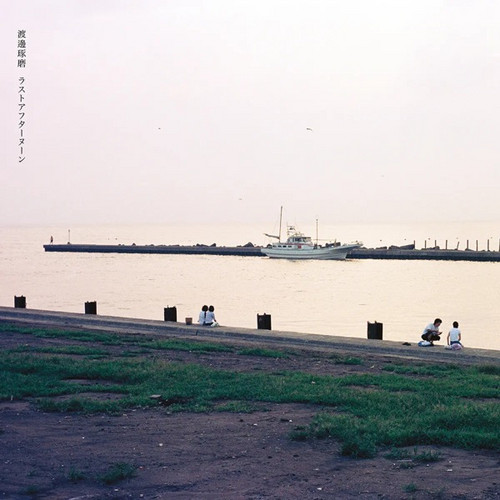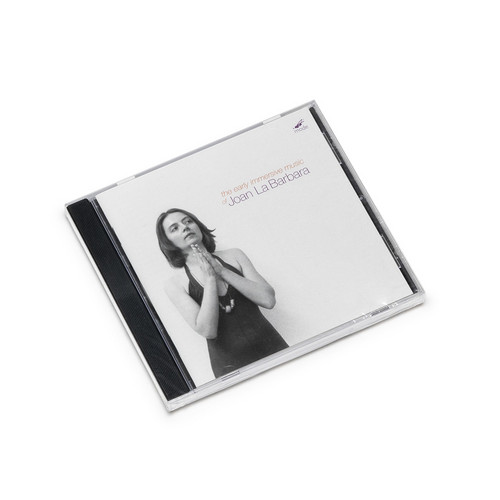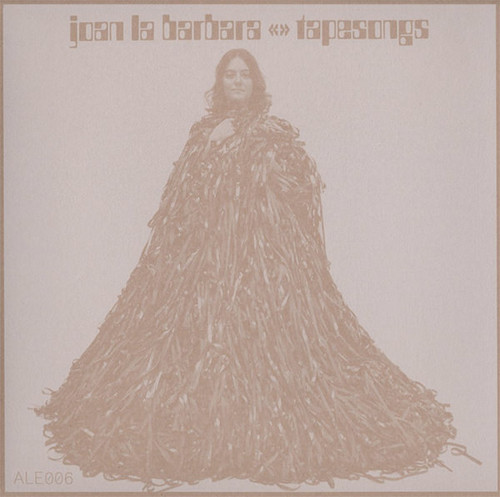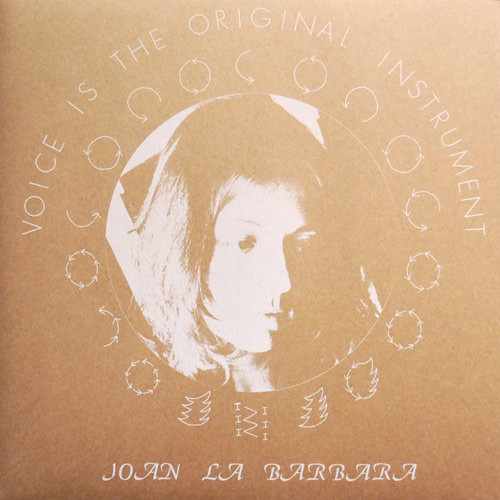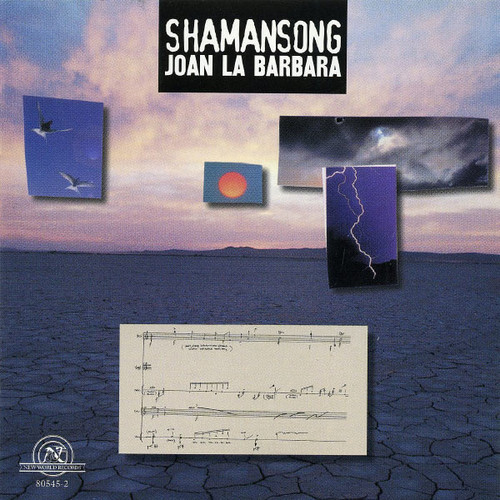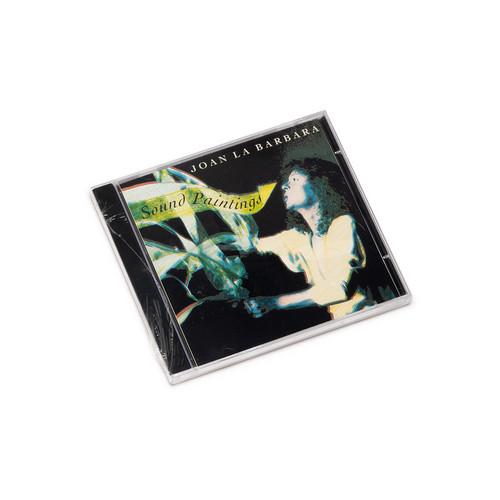Joan La Barbara
Joan La Barbara (born June 8, 1947 in Philadelphia, PA) is an American vocalist and composer associated with contemporary music. She is a former student of Helen Boatwright. She has worked with her husband Morton Subotnick since 1979, as well with many other contemporary composers such as John Cage, Morton Feldman, Philip Glass, Larry Austin, Peter Laurence Gordon, and the dancer Merce Cunningham. She has also worked with Kenneth Goldsmith. She also composed the music for the Sesame Street animated film “Signing Alphabet,” for electronics and voice. While she is known primarily for her vocal abilities and extended techniques, she is also an accomplished and respected composer.
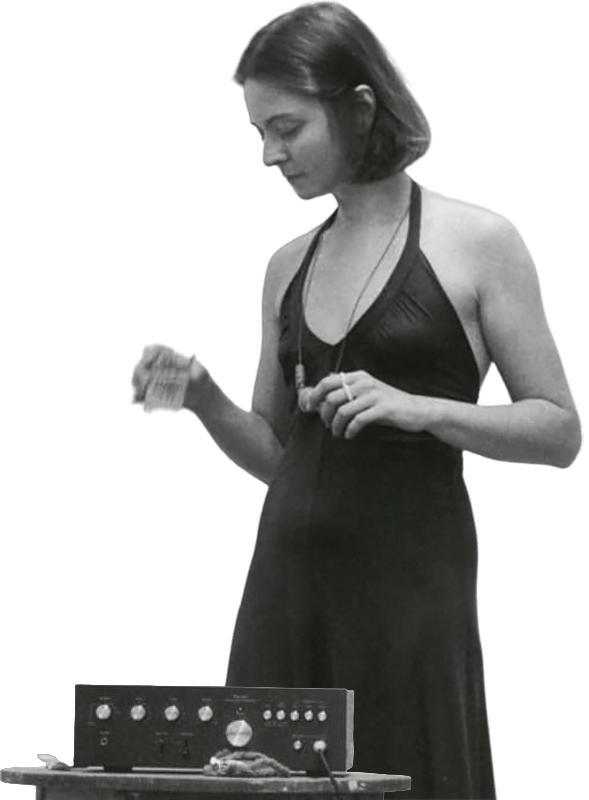
Joan La Barbara (born June 8, 1947 in Philadelphia, PA) is an American vocalist and composer associated with contemporary music. She is a former student of Helen Boatwright. She has worked with her husband Morton Subotnick since 1979, as well with many other contemporary composers such as John Cage, Morton Feldman, Philip Glass, Larry Austin, Peter Laurence Gordon, and the dancer Merce Cunningham. She has also worked with Kenneth Goldsmith. She also composed the music for the Sesame Street animated film “Signing Alphabet,” for electronics and voice. While she is known primarily for her vocal abilities and extended techniques, she is also an accomplished and respected composer.

